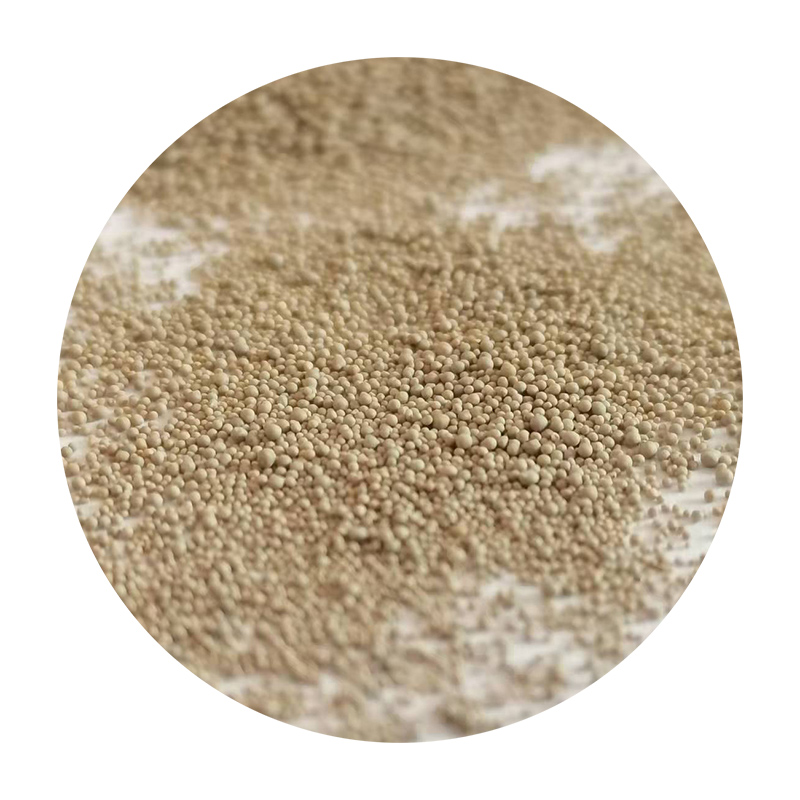How to Sand a 3D Print A Step-by-Step Guide
3D printing has revolutionized the way we create prototypes, custom parts, and even artistic pieces. While the printing process itself can produce intricate designs, the final product often requires additional finishing touches to achieve a smooth and polished appearance. One of the most effective and commonly used methods for improving the surface finish of a 3D print is sanding. In this guide, we will explore how to sand a 3D print properly, ensuring you achieve the perfect finish for your project.
Understanding the Basics
Before jumping into the sanding process, it’s essential to understand the material you are working with. Most 3D prints are made from materials like PLA, ABS, or PETG, each of which has unique properties and requires slightly different sanding techniques. Generally, PLA is easier to sand compared to ABS due to its lower melting temperature and brittle nature. Always wear protective gear when working with any type of plastic, including dust masks and safety goggles, to avoid inhaling any particles.
Step 1 Gather Your Materials
To effectively sand a 3D print, you’ll need the following materials
- Sandpaper (various grits, from coarse to fine) - A sanding block or a mouse sander (optional, but recommended for larger areas) - Water or a spray bottle (for wet sanding) - A clean cloth or towel - Safety gear (mask and goggles)
Step 2 Choose the Right Grit
The grit of the sandpaper is crucial to achieving the desired finish. Generally, you should start with a coarser grit (around 100-200) to remove any significant imperfections, such as layer lines or rough spots. For example, if you notice pronounced lines from the layering process, start with 120 grit to create a level surface.
Once the surface is even, gradually move to finer grits (up to 600 or more) to smooth out the finish. Working your way through the grits helps to avoid deep scratches that may need to be re-sanded later.
Step 3 Start Sanding
how to sand a 3d print

Begin the sanding process by holding the sandpaper or sanding block at a slight angle to the surface. Apply moderate pressure and move in a circular or back-and-forth motion. Avoid focusing on one area for too long, as this can create uneven surfaces or even cause the material to heat and melt.
If you’re using a sanding block, it’s helpful for maintaining an even pressure across larger surfaces. For smaller, intricate parts, hand sanding may be more effective.
Step 4 Wet Sanding for a Smooth Finish
For certain materials, particularly PLA, wet sanding can be beneficial. It involves using water to lubricate the sandpaper, which helps minimize dust and reduce friction. To wet sand, simply spray the area with a bit of water or keep a damp cloth nearby. Use a finer grit sandpaper (400 or higher) for this process to achieve a smooth and glossy surface.
Step 5 Clean the Surface
After sanding, it’s crucial to clean the print thoroughly. Dust and particles can accumulate, which may interfere with additional finishing steps like painting or applying a clear coat. Use a clean cloth or towel to wipe the surface, ensuring all residue is removed.
Step 6 Finishing Touches
Depending on the desired final appearance, you may choose to apply additional treatments after sanding. A common approach is to paint the model. Ensure the surface is completely dry before applying any paint to achieve an even coat. Additionally, consider using a clear coat to protect the finish and enhance the shine.
Conclusion
Sanding your 3D print is a straightforward yet essential process for achieving professional results. By following these steps, you can improve the surface finish of your prints significantly. Remember to start with the proper grit sandpaper, use even pressure, and clean your print properly. With practice, you’ll be able to transform any 3D print into a smooth and refined piece that truly showcases your creativity and effort. Happy printing!
Post time:दिसम्बर . 10, 2024 22:54
Next:qum atılması yaradır
